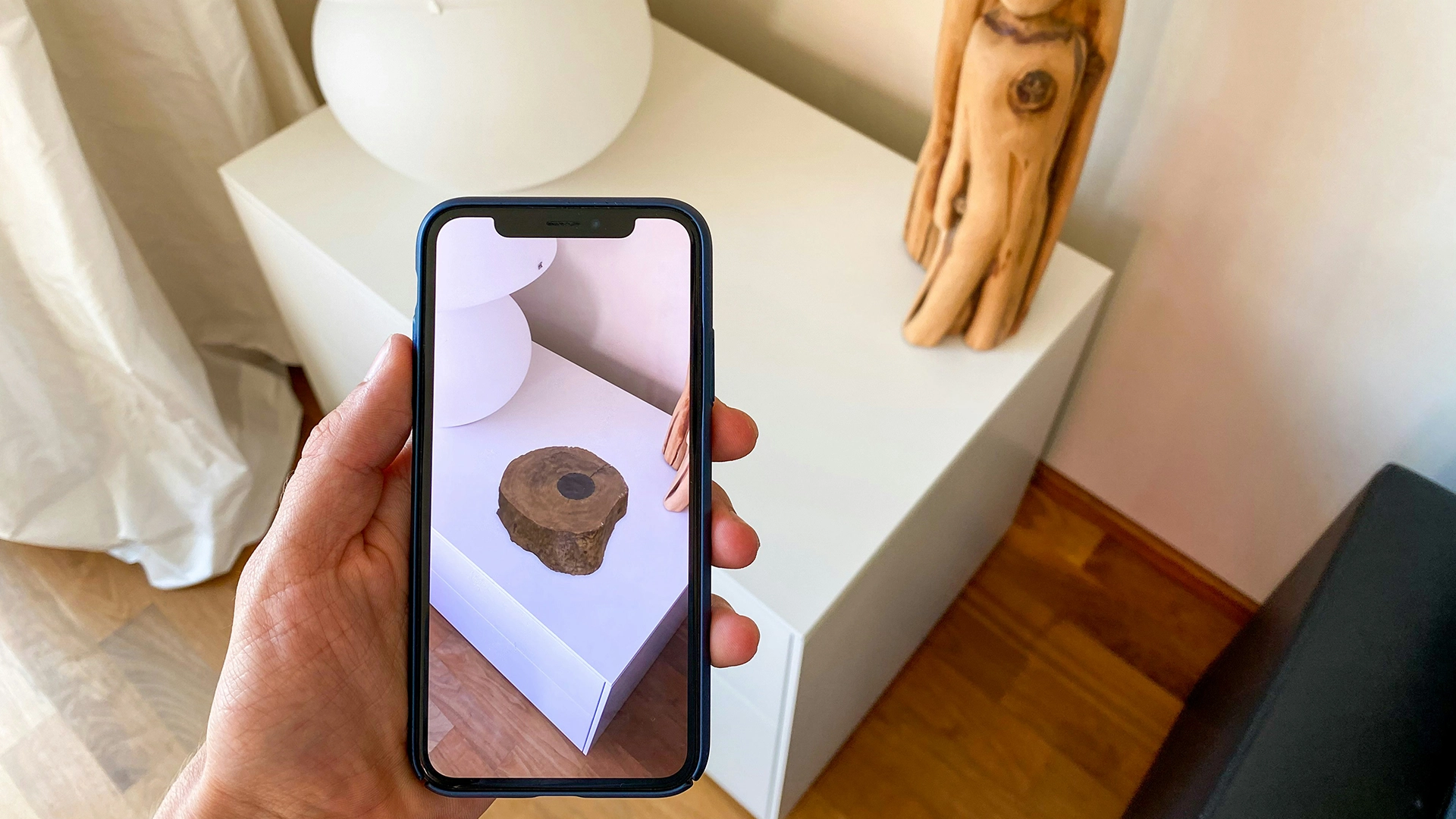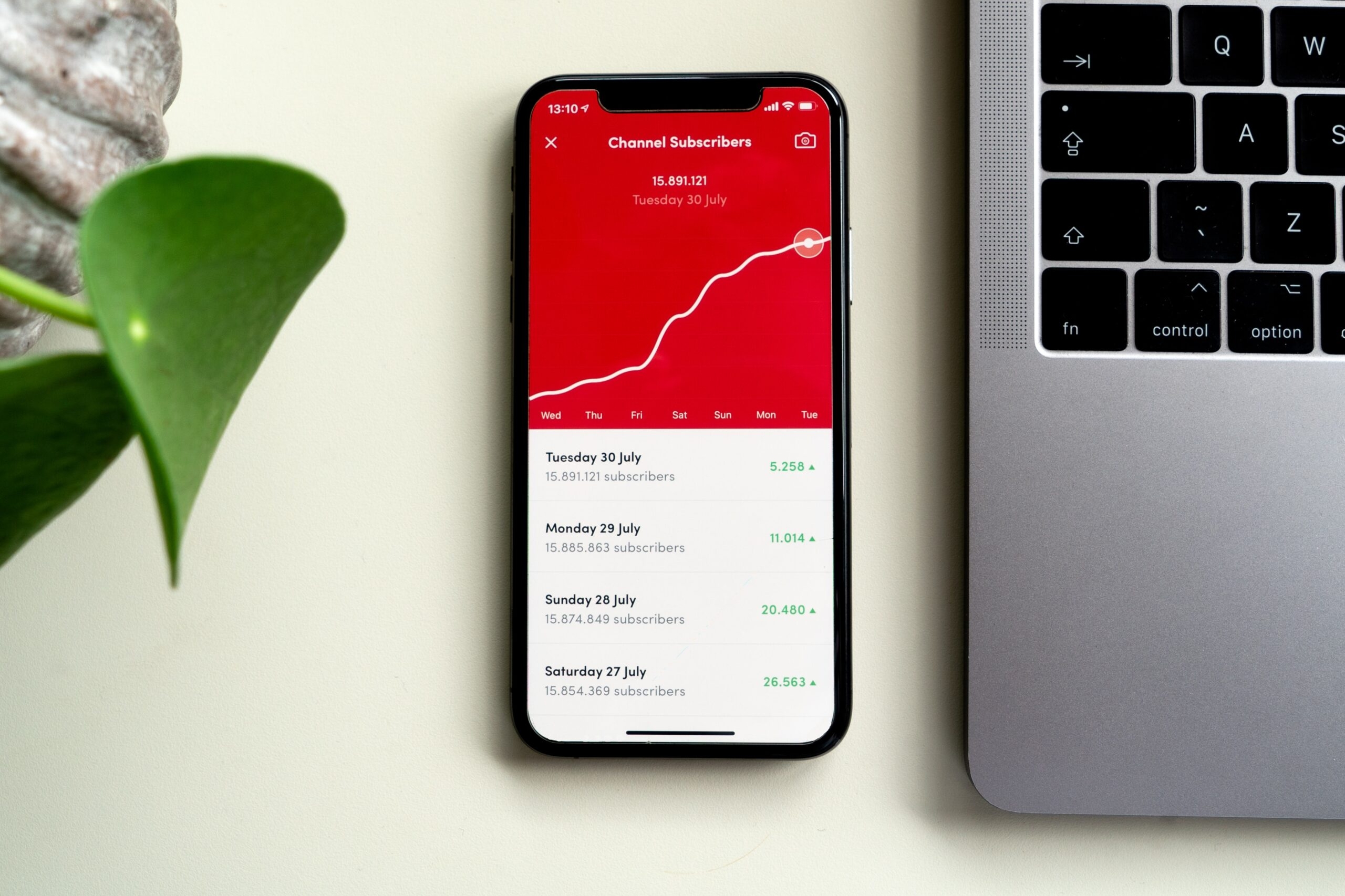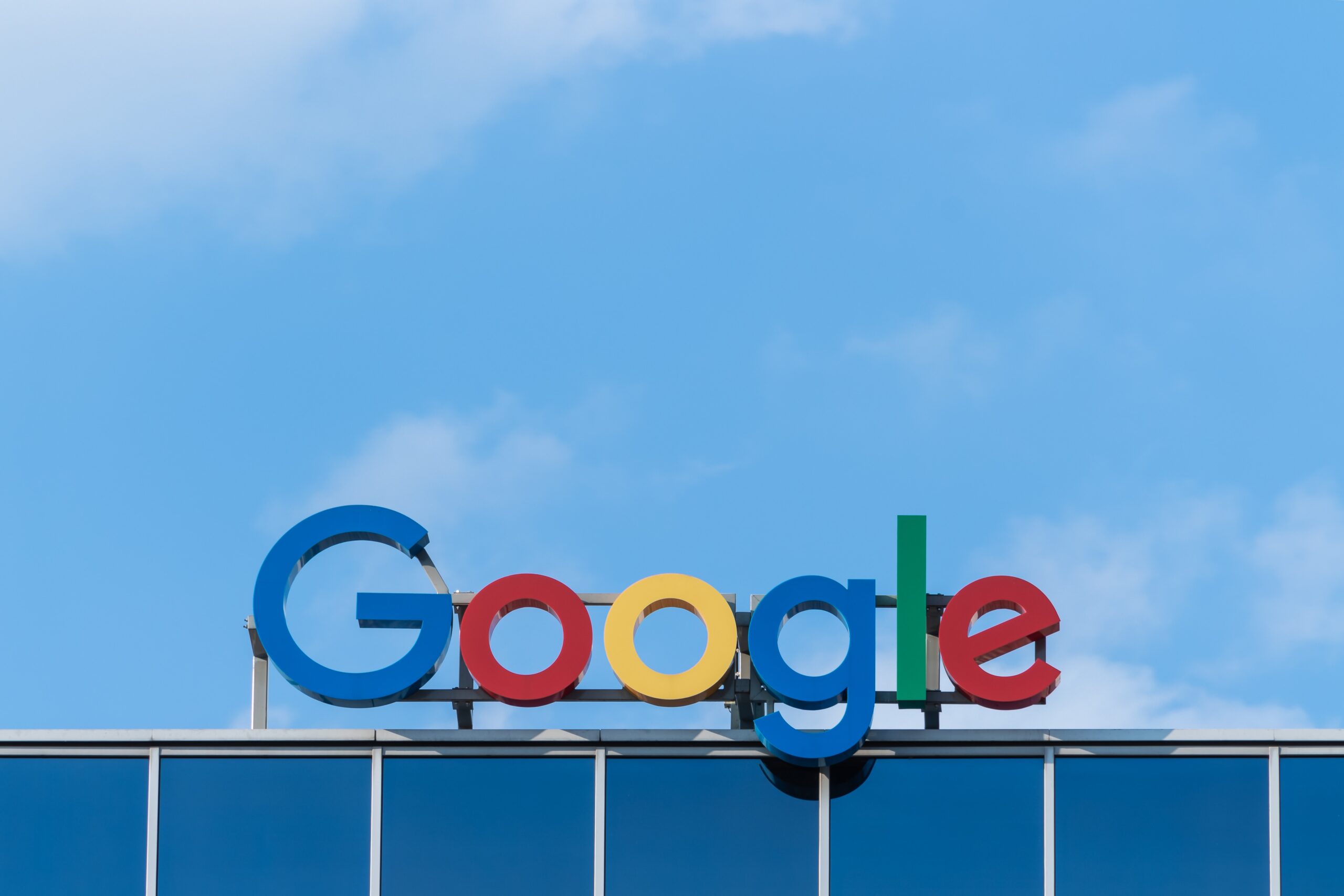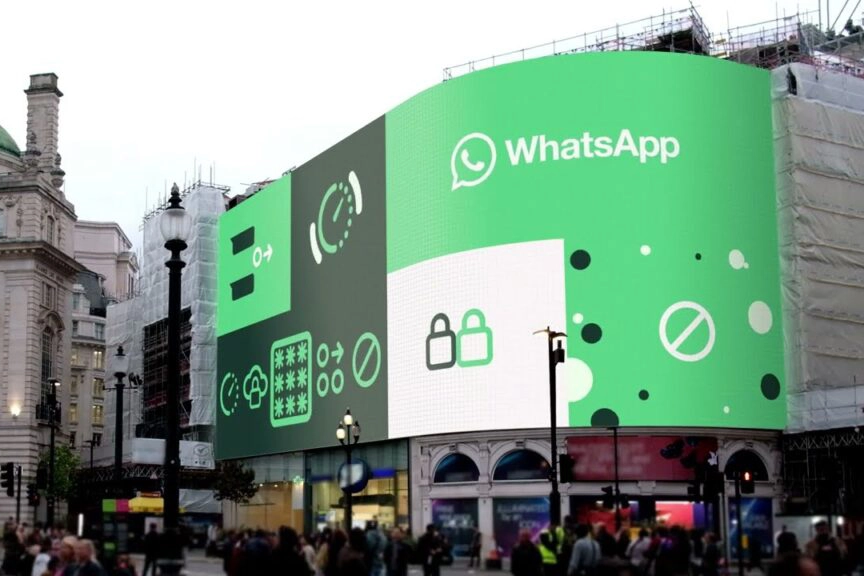Mobile Marketing: Connecting with On-the-go Consumers
Mobile marketing has fast become a key focus for businesses aiming to reach on-the-go consumers and thrive in the modern business environment. With the huge rise in smartphone usage across recent years, tapping into mobile marketing services has become essential for maintaining a competitive edge in almost every single industry. In this post, we will explore the best mobile marketing tactics and mobile marketing strategies to effectively engage with mobile users and optimise your marketing approach for a mobile-first world.
As of February 2024, people using mobile devices contribute to 59.43% of all website traffic. (explodingtopics.com)
Understanding Mobile Marketing
Mobile marketing encompasses a range of different strategies aimed at connecting with consumers on their mobile devices, encouraging engagement with on the go consumers. From SMS marketing to app-based campaigns, the goal of mobile marketing is to deliver targeted messages and offers that resonate with users on mobile devices. Understanding the nuances of mobile marketing is crucial for crafting campaigns that drive meaningful results.
What is Mobile Marketing?
Mobile marketing can be defined as the practice of brands connecting with consumers on their mobile devices, such as smartphones and tablets, through various digital channels and tactics available. This includes tactics like SMS marketing, mobile app marketing, location-based targeting, and social media advertising, to mention a few.

The Best Mobile Marketing Tactics
Responsive Website Design
With mobile users increasingly accessing websites using their smartphones and tablet devices, ensuring your website is mobile-responsive is paramount to driving conversions and promoting engagement. A responsive design adapts seamlessly to different screen sizes and resolutions, providing users with the best possible browsing experience regardless of the device they’re using. This not only enhances user satisfaction with your online service, but also positively impacts your search engine rankings, as search engines prioritise mobile-friendly websites other non responsive designs.
Mobile Marketing across Apps
If your business has a mobile app which accompanies your website, leveraging effective app marketing strategies will provide essential for driving downloads and engagement across your platforms. This involves optimising your app’s accessibility, visibility in app stores through app store optimisation (ASO) techniques, such as keyword optimisation, compelling app descriptions and content, and high-quality visuals to showcase your app and its offering. Additionally, engaging users through in-app messaging, push notifications, and personalised offers can enhance retention and encourage ongoing usage far greater than traditional websites.
Location-Based Targeting
Ever got a text from Dominoes when you’re conveniently located near one of its stores? Location-based targeting allows businesses to deliver highly relevant and targeted messages to users based on their geographic location. By leveraging geolocation data, you can tailor marketing campaigns to target users in specific areas, such as offering promotions to users near your physical premises, stores or event venues. This hyper-targeted approach increases the likelihood of engagement and conversions through the use of intelligent targeting and messaging which is timed correctly, as users are presented with offers that are relevant to their immediate surroundings.
SMS and Push Notifications
Much like location based targeting, SMS marketing and push notifications are powerful tools for engaging with mobile users directly on their devices. These communication channels enable businesses to deliver time-sensitive messages, promotions, and updates to their audience, helping to create a sense of immediacy and urgency, encouraging users to act. However, it’s essential to strike the right balance and avoid overwhelming users with excessive notifications, as this can lead to user opt-outs or uninstallations through increased frustration with spam messaging.
Social Media Advertising
With the vast majority of social media usage occurring on mobile devices, and rarely being on desktop or laptops, leveraging social media advertising is a crucial component of any mobile marketing strategy to get in front of consumers on the channels they prefer across mobile devices. Social Media Platforms like Facebook, Instagram, TikTok and Twitter offer robust targeting options that allow businesses to reach specific demographics, with specific interests, and behaviours in relation to topics, services and products. By creating visually appealing ad creatives and compelling advertising messaging, you can capture the attention of mobile users and drive traffic, leads, and conversions to other channels across mobile devices.
Mobile e-commerce sales reached $2.2 trillion in 2023 and now make up 60 percent of all e-commerce sales around the world - (statista.com)

Optimising for On-the-go Consumers
Fast Loading Times
Much like any type of user across the internet, mobile users expect instant access to information and have little patience for slow-loading websites or apps, often consumers will leave your app or website before it even loads if it takes too long. To prevent user frustration and abandonment, optimise your website and mobile app for fast loading times by minimising unnecessary elements, optimising images and videos, and leveraging caching and content delivery networks (CDNs).
Streamlined Checkout Process
The checkout process is a critical touchpoint in the customer journey where users can often fall off and abandon their activity, leaving your business with a lost sale and less conversions. Streamline the checkout process for mobile users by minimising the amount of form fields required, offer guest checkout options for speed and efficiency, and integrating popular mobile payment methods like Apple Pay, PayPal and Google Pay for convenience. Additionally, provide clear progress indicators and ensure that users can easily track, review and edit their order details before completing their purchase.
Visual Appeal
Visual content plays a significant role in capturing the attention of mobile users and conveying your brand message effectively, particularly with so many businesses competing for the same ad space and viewership. Use high-quality images, videos, and graphics that are optimised for mobile screens to create visually engaging experiences for your customers. Additionally, prioritise simplifying your design to ensure that your content and messaging is easily digestible, understandable and resonates with mobile users.
AR product experiences are 200% more engaging as they deliver double the levels of engagement compared to their non AR equivalent - (threekit.com)

Emerging Trends in Mobile Marketing
Mobile marketing is a dynamic field that is continually changing in response to shifts in technology, consumer behaviour, and market trends in 2024 and beyond. Staying ahead of these different emerging trends is crucial for businesses looking to maintain a competitive edge and engage with their mobile audiences. Here are some key emerging trends shaping the future of mobile marketing:
Augmented Reality (AR)
Augmented reality (AR) technology overlays digital content onto the real world to provide a combination of digital and real life experience, creating immersive experiences for users across mobile devices. AR has gained traction in mobile marketing in recent years, through its ability to enable brands to create interactive campaigns that engage users. From virtual try-on experiences in the retail sector to gamified AR filters on social media platforms, brands continuously adapt and experiment and leverage AR to capture attention and drive engagement.
Voice Search Optimisation
With the increasing adoption of voice-enabled devices and virtual assistants like Siri, Google Assistant, and Alexa, voice search optimisation has become a crucial aspect of mobile marketing in recent years. More and more consumers now use voice search to find information, complete tasks and find products they are interested in, presenting unique opportunities for brands. Optimising content for voice search queries involves understanding natural language patterns and optimising for long-tail keywords and conversational phrases. Businesses that optimise their content for voice search can improve their visibility in search results.
Progressive Web Apps (PWAs)
Progressive web apps (PWAs) are web applications that offer the same functionality of native mobile apps while leveraging the reach and accessibility of the web (the internet). PWAs are designed with common web technologies and coding such as HTML, CSS and Java, to provide a seamless user experience across all mobile and other devices and platforms, offering features such as offline access, push notifications, and home screen installation. As more businesses adopt PWAs, they provide a cost-effective alternative to traditional mobile app development and offer greater reach to users without the need for app store downloads.
Mobile Video Marketing
Video consumption on mobile devices continues to rise through the likes of YouTube and social media platforms like TikTok, making mobile video marketing an increasingly important strategy for brands. Short-form video content is becoming increasingly popular across all platforms, such as stories on platforms like Instagram and Snapchat, has become particularly popular among mobile users. Brands are now beginning to leverage mobile video content to tell compelling stories, showcase products, and connect with audiences on a more personal level.
Personalisation and Hyper-targeting
Personalisation has long been a cornerstone of effective marketing strategies that drive results for brands, but advancements in data analytics and machine learning are taking personalisation to new levels with enhanced capabilities and outcomes. Brands are harnessing data insights to deliver highly personalised and relevant content to mobile users, based on their preferences, behaviours, and demographics amongst other attributes. Hyper-targeting techniques enable brands and online businesses to segment their audience with precision and deliver tailored messages that resonate with individual user segments, driving higher engagement and conversions than standardised messaging and broad messaging techniques.
Businesses must prioritise mobile marketing to effectively engage with on-the-go consumers and potential customers. By leveraging the best mobile marketing tactics and techniques, you can maximise your reach and drive meaningful results across your marketing activities. Stay up to date with evolving trends and technologies in mobile marketing to stay ahead of the curve and maintain a competitive edge.
More interesting content...
Like this story? Share it on your social media...
For more of the latest content, why not subscribe to our mailing list...






